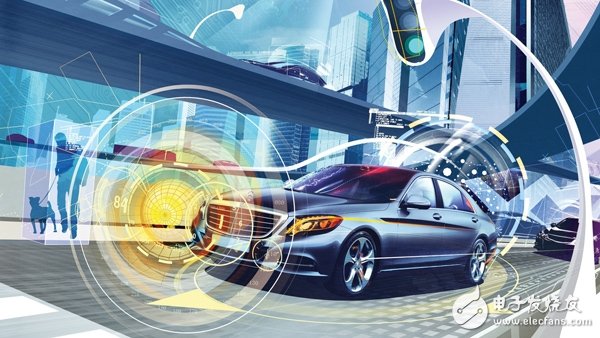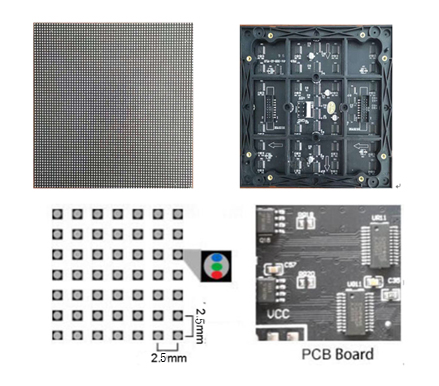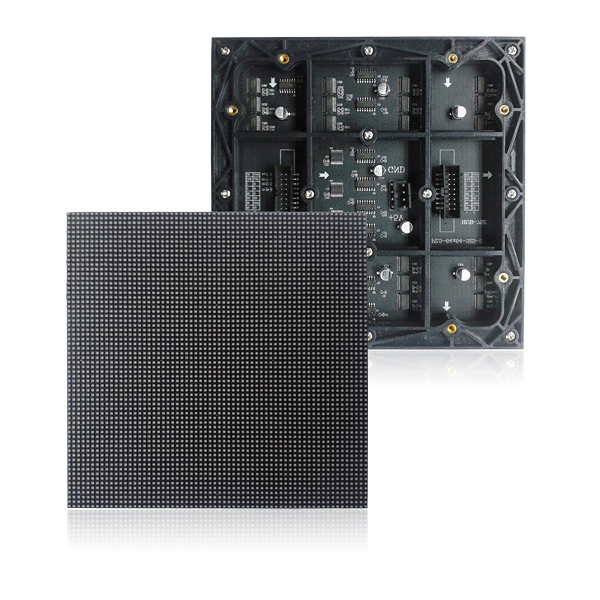
However, smart cars seem to be coming at a better time. Think of the classic movie Ian Fleming's "Flying Universal Car", or Herbie in Disney's "Universal Golden Turtle Car", or KITT in the 80's classic TV "Ranger Ranger." Most of us realize the progress made by consumer electronics (such as mobile phones), but we have not found that the progress of automotive electronics is quietly coming. We often have the illusion of this slow but steady development.
Slow evolution gives way to change
Most of the electronics used in cars follow the same push-out model: features focus on convenience—power steering, electric lock doors, and retractable radio antennas. Power electronics continues to drive the adoption of electronics in automobiles, with motors for pumps, automotive air conditioning (HVAC) systems, sliding doors, windshields and fans. (It is predicted that by 2020 there will be as many as 120 motors in a luxury car with associated power and control electronics). After the convenience and reliability, followed by audio-visual entertainment electronics, radios, tape recorders, and DVD players are introduced to today's satellite broadcasts. Followed by audio-visual entertainment is safety: an anti-lock brake system (ABS) to avoid locking the brakes, an air bag to avoid hitting the body, and an electronic traction system to avoid excessive over-steering.
But in recent years, electronic innovation has been rampant. Tire pressure monitoring is much more accurate than the human eye in determining if the tire is fully inflated. GPS prevents the driver from getting lost. The seat remembers the rider's optimal seat position, and if we forget to use the seat belt, an alert will alert us. The alarm prevents our car from being stolen. If it is stolen, the tracking device will send a warning signal to the police to inform the car where it is.
Image sensor is the main enabler of the next wave of development
Among all the sensors in the car, the expansion of the image sensor is metaphorically and substantively guiding us to the new world of brave automatic cars. First appeared in the rear view camera, it is predicted that by 2020, there will be up to 20 cameras in the luxury car. These image sensors will provide a range of features such as blind spot detection, emergency braking, collision avoidance, lane departure warning and correction, adaptive cruise control and adaptive headlights. Interestingly, many of these features are designed to compensate for the driver's shortcomings. Taking the cabin as an example, the camera will scan the driver's eyes for signs of drowsiness. In today's high-end cars, when a forward collision is detected, the collision avoidance system will stop the driver over the driver.
Electronics light everything
Automakers are investing heavily in adaptive lighting systems. By taking advantage of the rapid development of LED lighting and the innovative use of image sensors, automotive designers can not only make the car look beautiful, but also introduce smart headlights that follow the road profile, creating blind spots to avoid the oncoming drivers. Dizzy, or combine GPS to adjust the light to the expected geographic or road features (such as a circular road).
There is always some debate, such as whether the car in motion should be controlled by electronics or the driver, but in many cases there has been no debate. Many luxury cars will brake on their own in the event of a crash. The airbag will pop up directly without prior permission. The ABS system pump does not require our cooperation to brake. So we are not arguing whether we should let the car control the journey, but the scope we allow it to control. Recently, Google’s self-driving car had an accident and the passengers inside the car were injured. But the accident was caused by the proximity of a human-powered vehicle to catch up with Google cars.
With more than 50 years of experience in automotive electronics, ON Semiconductor plays an important role in the development of safer vehicles. We are a leader in the field of image sensors for the automotive market. Combining our extensive lineup of motor drives, LED drivers, audio-visual entertainment systems, sensors, IGBTs, power management and IVN (vehicle network), we are partnering to develop automotive solutions. Preferred Supplier.
Finally, automotive electronics may evolve faster than humans. Although modern aircraft can basically fly by themselves, the passengers object to the fact that only one pilot is driving on the plane. We need to know the peace of mind that people are at the helm. But the ultimate obstacle to the development of automated cars may come from the fact that we like to drive as human beings. Why do you have all the fun of the machine?
LED module introduction: LED Display Module is one of the main components of the finished Led Display! It mainly consists of LED lamp, PCB board, driver IC, resistor, capacitor and plastic kit!
Classification of Led Display Module
From the light color
LED display module is divided by color:
I. monochromatic modules, such as single red, single green, single blue, single yellow and single white modules
2. Two color modules, such as red and green, red and blue.
3. full color module is mainly a product with red, green and blue primary colors on one LED module

According to the purpose of LED display
LED display module is divided into indoor, semi outdoor and outdoor, grid screen, strip screen, glass screen, etc. according to the different use space.
From the use of lamp beads
According to different LED packaging devices, LED display module can be divided into: LED display module of direct light, LED display module of indoor lattice, LED display module of surface mount.
Divide by pixel spacing
According to the LED pixel spacing, generally used more is: p1.25, p1.875, p1.56, P2, P3, P4, P5 and so on.
LED display function
1. Play the role of commodity publicity and attracting customers.
2. Play the role of store decoration and improve the level of enterprises.
3. Play the role of lighting and innovation.
4. Play the role of popularizing knowledge. (it can be used to play small information of enterprise products and knowledge of relevant industries)
5. Play the role of bulletin board. (promotion, recruitment information release)
6. Act as a foil to the atmosphere. Through the display screen, you can play the welcome words of superior leaders and various VIPs to visit and guide, and the celebration words of various major festivals.
7. It plays a warning role and is often used for road traffic LED navigation indication, etc.
It is undeniable that the ultimate purpose of establishing billboards is to publicize commodity information, attract target customers and make the most profit as much as possible. Led billboard is to achieve this goal to become the first choice of enterprise publicity.

LED Display Module
Led Display Module,Single Led Display Module,Soft Led Display Module,Flexible Led Display Module
Shenzhen Vision Display Technology Co,.LTD , https://www.ledvdi.com